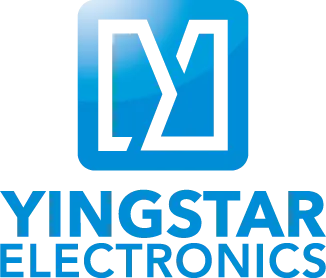Exploring the Benefits of Flexible Circuit Boards in Technology
Flexible circuit boards are a type of printed circuit board (PCB) that is made with a thin and elastic substrate. Although thin, like a sheet of paper, they have the same function as other PCBs. These types of boards are used in different types of devices.
Applications of flexible circuit boards:
Flexible circuit boards have many applications. It is widely used in wearable electronics, such as smart watches, fitness trackers and smart glasses, as well as various printed electronics such as e-paper and e-book readers. These electronic products have special requirements for circuit boards, and flexible circuit boards are the best choice, here is some knowledge about flexible circuit boards.

The manufacturing process of flexible circuit boards:
The manufacturing process of flexible circuit boards is different from rigid PCBs. The first of the manufacturing process step is to make the substrate. You can use organic materials such as paper or inorganic materials such as glass fiber or carbon fiber as a substrate. After making the substrate, apply the thin and flexible copper layers on both sides. One copper layer is a ground plane, while the other is a pattern. The next step is laminating a thin plastic piece as an insulator between the copper layers. You can do the next step either by organic process or inorganic process. Using organic materials, you need to transfer the substrate to a synthetic film. Using inorganic materials, you must transfer the substrate to a synthetic film or a UV-curable adhesive.
Advantages of flexible circuit boards:
Due to their flexibility, flexible circuit boards offer more freedom in the design and operation of the application. Standard rigid circuits cannot accommodate flexible circuits’ ability to adapt to tiny or oddly shaped places. Another benefit of flexible circuits is that they take up less room, which eases the burden on the motherboard of the application.
Flexible printed circuits, which feature low weight and thickness along with high mechanical resistance, resistance to high temperatures and atmospheric agents, and good electromagnetic immunity, are used to replace the conventional interconnection techniques, which rely on soldered wires and hand-wired connectors. These components must be connected securely when the vehicle is in operation since they are constantly subjected to mechanical strains and vibrations.
A further benefit of using flexible circuit boards is that they can lessen the likelihood of human mistakes while wiring, improving quality and cutting expenses. A crucial component in developing dependable, small, and tightly integrated electronic devices is flexible circuit boards technology’s ability to reduce the size and weight of the application dramatically.
Future of flexible circuit boards:
Compared with rigid PCBs, flexible circuit boards have many advantages, and their high degree of flexibility can easily cope with many rigid PCBs can not be used in the scene. Therefore, more and more companies are using flexible circuit boards in their products. And industry is developing new technologies and methods to design flexible circuit boards.
Final Conclusion:
Yingstar Electronics, established in 2012, is a professional PCBA service provider. We are a professional PCB assembly factory providing PCB assembly, electronic parts procurement, PCB manufacturing, functional testing and final boxing services to customers worldwide. If you are interested in our PCBA services or would like to learn more about flexible circuit boards and PCBA related content, please feel free to contact us or visit our website for more information.


